Have you ever thought of discovering Spain’s beautiful Natural Parks? Would it appeal to you to experience the diverse landscape and fauna that the country has to offer? Do you love observing wild animals and plant species that you’ve never seen before?
Spain is mostly famous for the sunny beach life, but for the ones who want to see a different side of Spain, a trip to one of the many incredible Natural Parks can become an unforgettable adventure.
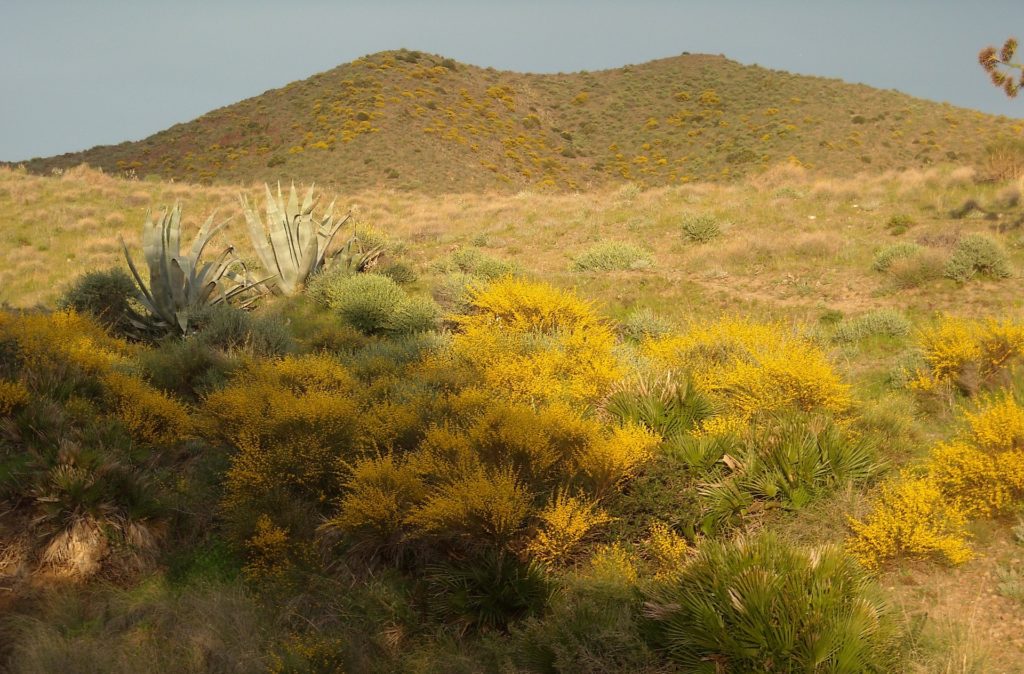
Walk in Indy’s Footsteps in Cabo de Gata
There is only one proper desert in Europe and that is Cabo de Gata-Níjar Natural Park in the region of Almería. The landscape is breathtakingly beautiful and barren. It rests on volcanic sand, some 6-16 million years old. It resembles the moon’s landscape and it can get very hot here.
Cabo de Gata Natural Park is quite unusual being part desert and part aquamarine park. The Natural Park in the south-eastern corner of Spain is Andalusia’s largest coastal protected area – a wild and isolated landscape with some of Europe’s oldest geological features.
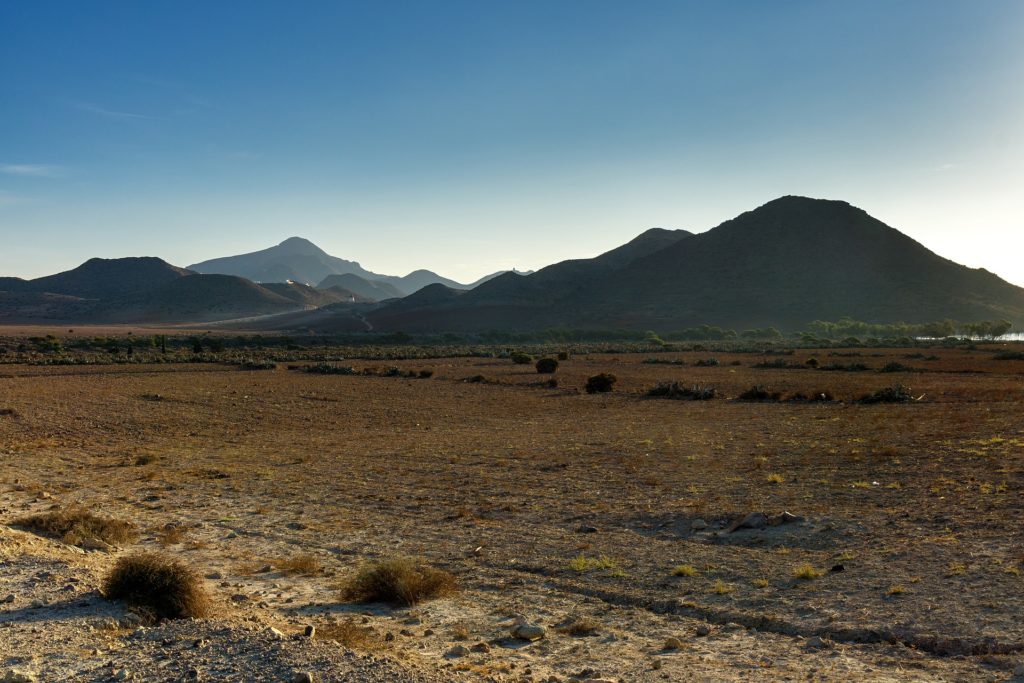
The mountains of Sierra del Cabo de Gata, with the highest peak being El Fraile, is Spain’s largest volcanic rock formation. It has sharp peaks and crags in red and ochre hues. It falls steeply to the Mediterranean Sea, creating jagged 100-metre high cliffs which in turn create hidden coves and white, sandy beaches.
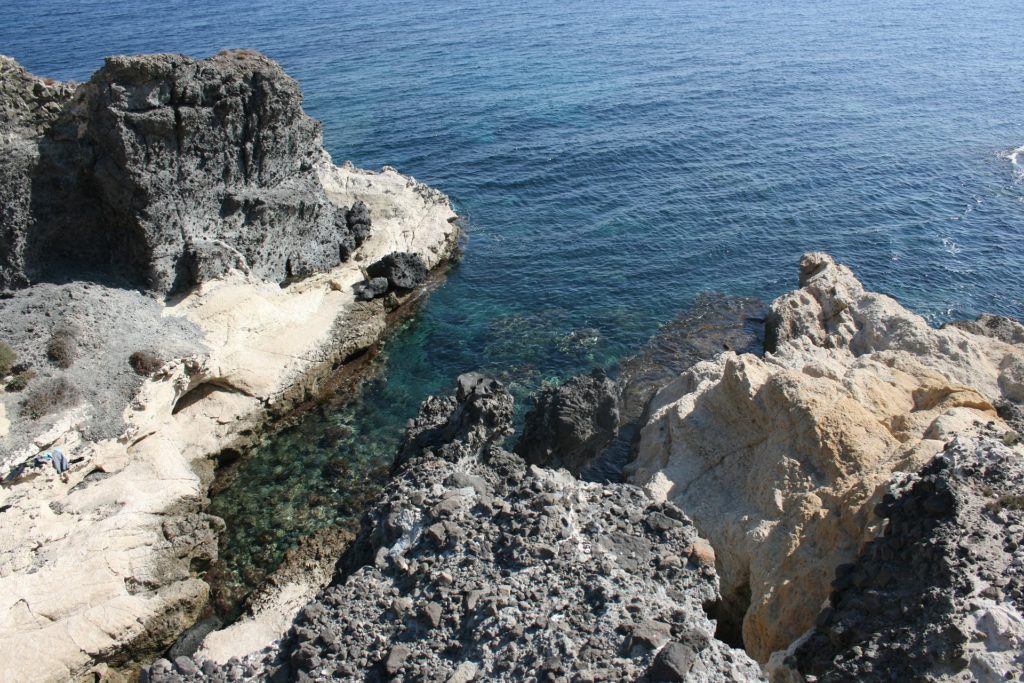
Offshore are numerous tiny rocky islands and extensive coral reefs teeming with marine life. You can rent a boat and go exploring on your own or go on one of the arranged excursions. In Salinas, you must stop and have a look at the flamingos!
Europe’s Desert
The climate here is the driest in Europe, with rainfall getting to less than 160 mm a year and having an average yearly temperature above 19°C. In 1997 it was designated as an UNESCO Biosphere Reserve. In 2001 it was included among the Specially Protected Areas of Mediterranean Importance.
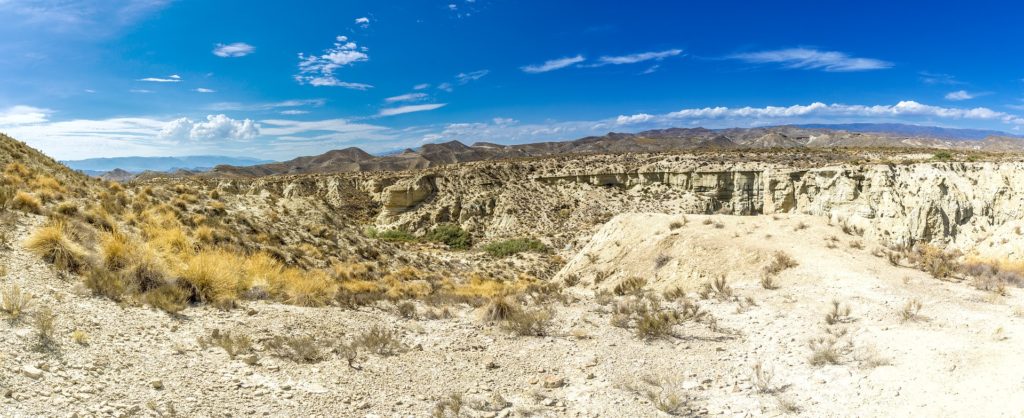
The name Cabo de Gata could be derived from the agate rock formerly mined in the area.
Before the area became protected by the government, there were many private successful actions preventing large corporations from constructing here. Thanks to that, here are no high-rise buildings or large developments.
However, for unknown reasons, there are plenty of abandoned dwellings all around the reserve. Perhaps, the harsh conditions of surviving on agricultural work were just too much for some? Between the towns of Mojacar and Carboneras, just where the park starts to the northwest there is an unfinished and abandoned hotel complex.
Today it stands empty, complete with cranes and all. It was supposed to be a large hotel with spectacular views built on the cliff side overhanging the ocean. The rumour has it that it was built without the required licenses and the company behind it went out of business. Why it isn’t demolished yet, nobody seems to know.
Fantastic Marine Life
All of Cabo de Gata offers fantastic snorkeling. The caves and underwater rock formations just next to Los Escullos are particularly beautiful and is a favourite spot for scuba divers.
Playa del Mónsul is considered by many to be the best beach in Spain. The director of the Indiana Jones films was so taken by its beauty that he decided to use it in the film “Indiana Jones and the Last Crusade”. It is the spot where Sean Connery, Indy’s father, frightens a flock of seagulls with an umbrella to bring down a German airplane.
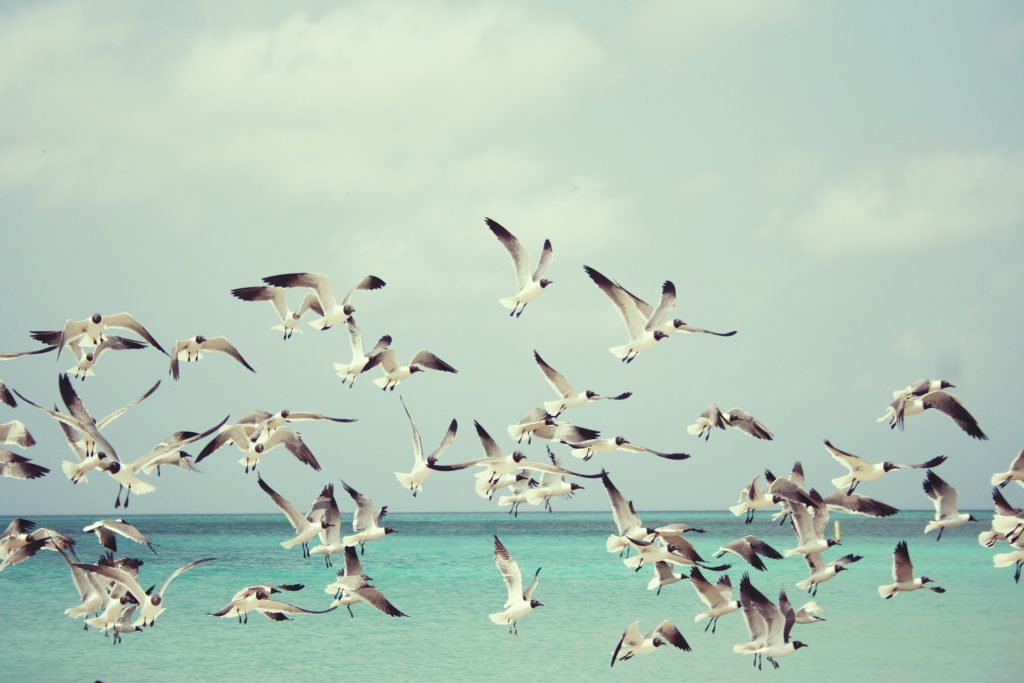
However, it is not only the beach that features in that movie, but the old gold mines also play an important role. The old iron- and gold mines in and around Rodalquilar are interesting in their own way, but it makes it even more fun if you have watched the movie.
Abandoned Gold Mines
There are hundreds of mines, tunnels and evacuation sites. Some of the old mine shafts have drops of over 200 metres and great care should be taken when visiting. If you don’t know your way around old mines it is strongly recommended to go on one of the geological tours with a guide.
Parts of the Indiana Jones’ set are still in place, with fake walls and plaster bags all over. However, no one takes care of it and much has fallen down over the years and visitors are urged to be careful when exploring.
Other famous movies filmed in the area in the 1960’s were For a Few Dollars More (1965), The Good, the Bad and the Ugly (1966) and Lawrence of Arabia (1962).
A fun outing is to go horseback riding through the stunning desert landscape and down to the sea for a canter on the beach.
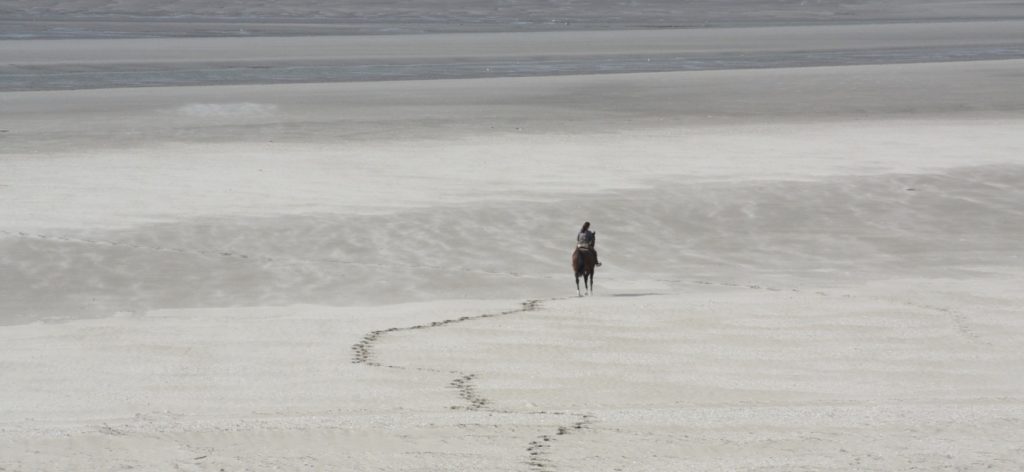
The Volcanic Timanfaya Park in Lanzarote
Volcanic landscapes are stunning, fascinating and captivating. Just as Cabo de Gata Nature Park in Almeria on the mainland is built on volcanic soil, so is Timanfaya on the island of Lanzarote.
The National park is the main attraction on the island. The protected volcanic landscape is like nothing else with smooth sand-like lava rocks next to big and sharp boulders and very little vegetation. The hues are exciting and different from what you normally find in nature; black, brown, orange, yellow and red.
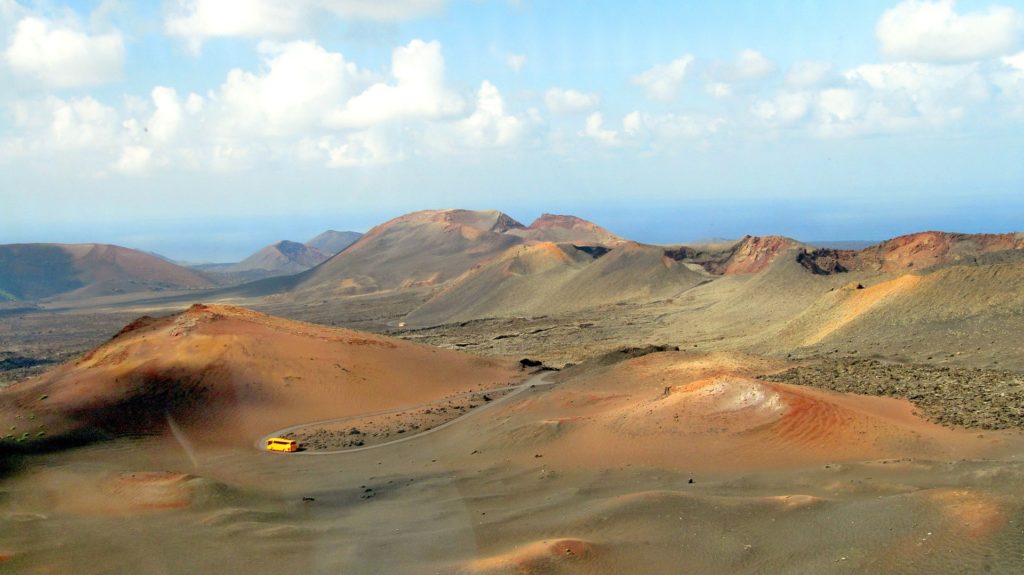
The greatest recorded eruptions in the area happened between 1730 and 1736. At that time more than 100 volcanoes became active and their eruptions devastated part of the island.
Even today, the volcanic activity continues. You can actually see the heat just under the crust with the two experiments next to the restaurant, El Diablo, with a steam geyser and a fire pit. Either they throw water in the hole and it erupts in a steam geyser or when they let dry branches or twigs catch fire simply because of the geothermal heat.
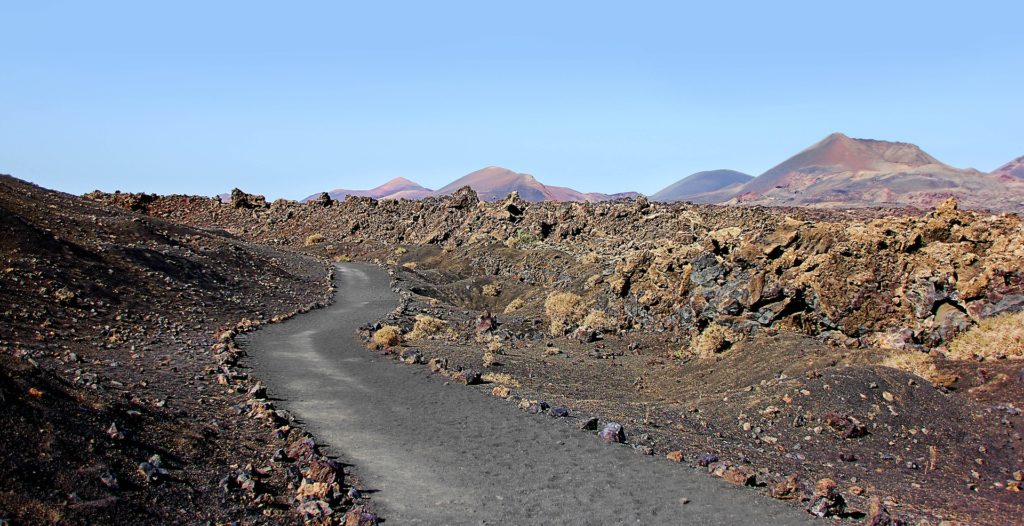
The National Park is one of the main parts of the Lanzarote Biosphere Reserve, established by the Unesco in 1993.
Danger Ahead
Exploring the main area you either have to take a tour bus or book one of the walking tours. You are not allowed to walk around the area on your own. The restrictions are in place to protect the environment, but also for safety reasons. As the volcanic soil and sand is fragile and might break under the walker’s weight it can be very dangerous. Especially so if there is a cavity or a tunnel underneath the path.
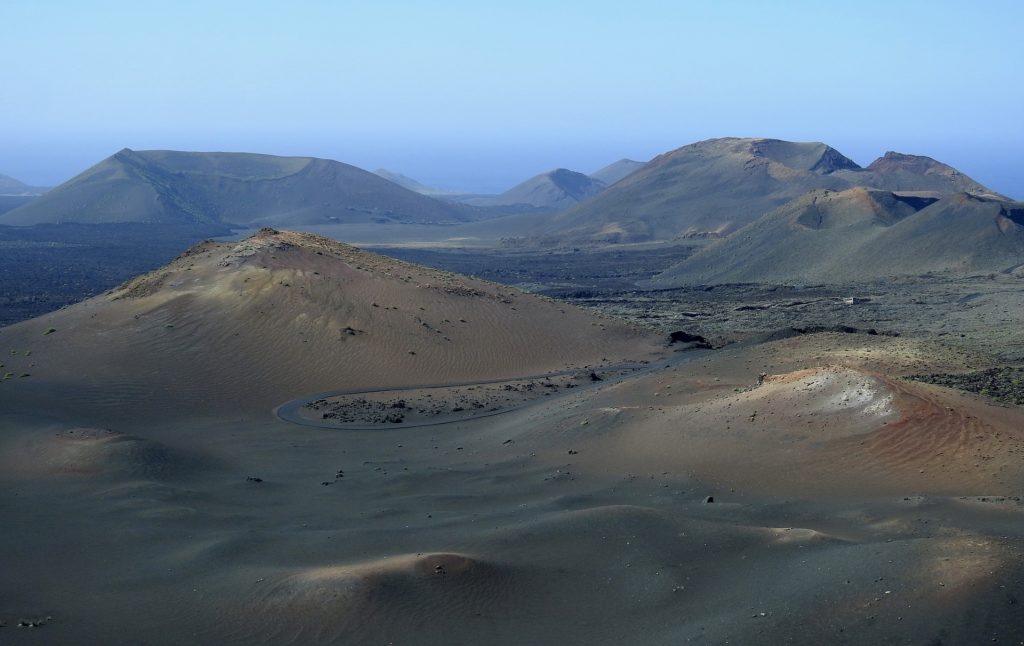
There are more bus tours than walking tours during a regular week so if you wish to go by foot you need to book early. It can, of course, get very hot so remember to bring water and something to cover your head with to protect yourself from the sun. The walking tours can be quite strenuous and there is nothing to buy and there are no breaks so bear that in mind when deciding on which tour to take.
Something else to consider when picking either or tour, is to be aware of where the sun is positioned while you’re out there. If you are facing the sun the volcanos in the distance will look black but if you have the sun from behind you’ll be able to see all the colours of the sand and rocks.
Around the National park is the Los Volcanes Natural Park. There you can have a look at even more volcanoes and the benefit of this area is that there is free access for visitors and several walks you can take on your own.
Ordesa y Monte Perdido National Park
In the Pyrenees, in the region of Aragón in the north of Spain, we find Ordesa y Monte Perdido National Park. It has been a National Park since 1918 but the area was extended in 1982 to cover the whole region.
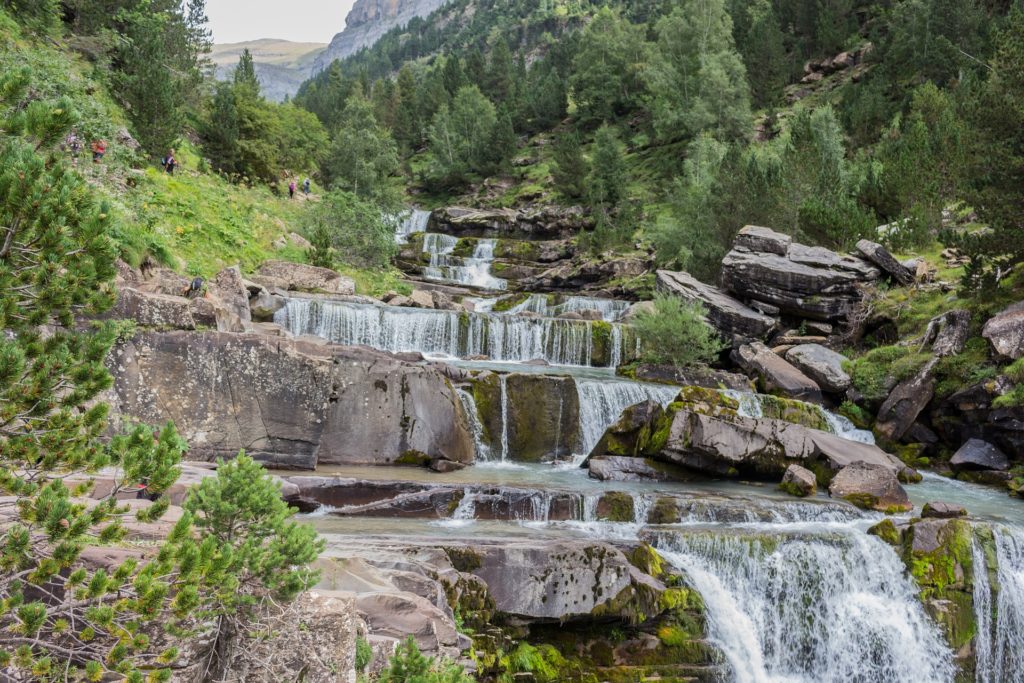
It has been included in the Biosphere Reserve of Ordesa, Viñamala, since 1997. In the same year, it was included in the cross-border Pyrénées – Mont Perdu World Heritage Site.
On the contrary to the two previously mentioned parks that are characterized by barren landscapes and lots of sand, this park has an abundance of vegetation. Depending on the elevation you will find different trees and bushes. On the lower levels, there are extensive forests of beeches, pines, oaks, some birches, ashes, and willows. As you go higher you will see more and more of mountain pine and boxwood. The edelweiss is one of the symbols of the National park – a flower that flourishes on greater heights.
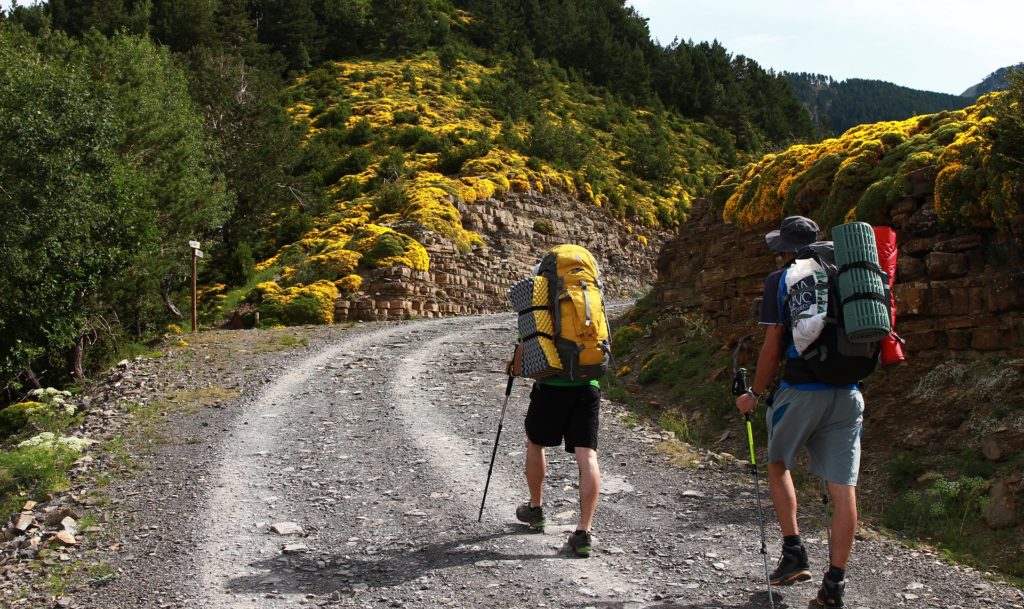
Not that they are easy to spot but if you are lucky you may see a Pyrenean chamois (which is a goat antelope of sorts), boars or a water mole. Birds may be easier to get a glimpse of. There are golden eagles, bearded vultures, griffon vultures, hawks and royal owls to keep a look out for.
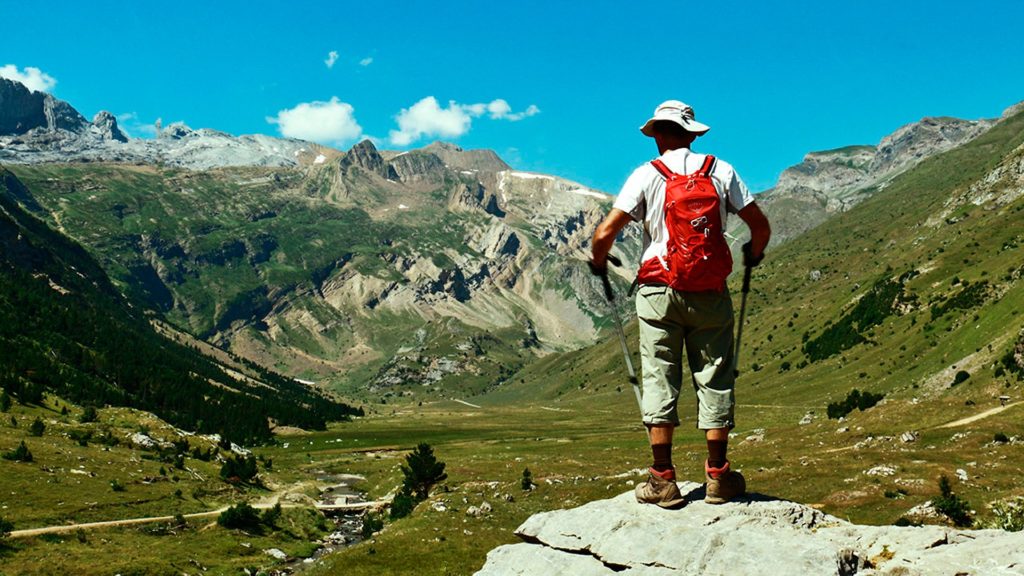
There are several lovely places to spend the night at. Booking ahead is recommended. As it is in northern Spain and in an elevated area the weather can change quickly. It can become cold and hot on the same day. Preparation and planning are key for a successful hike. The area is a 156.08 km² in total so you can spend many days exploring without having to leave the area.
Estrecho Natural Park in Tarifa
The southernmost protected area in Europe is Parque Natural del Estrecho in Tarifa. It was created in 2003. It stretches from Cabo de Gracia in the west to Punte del Carnero in the east.
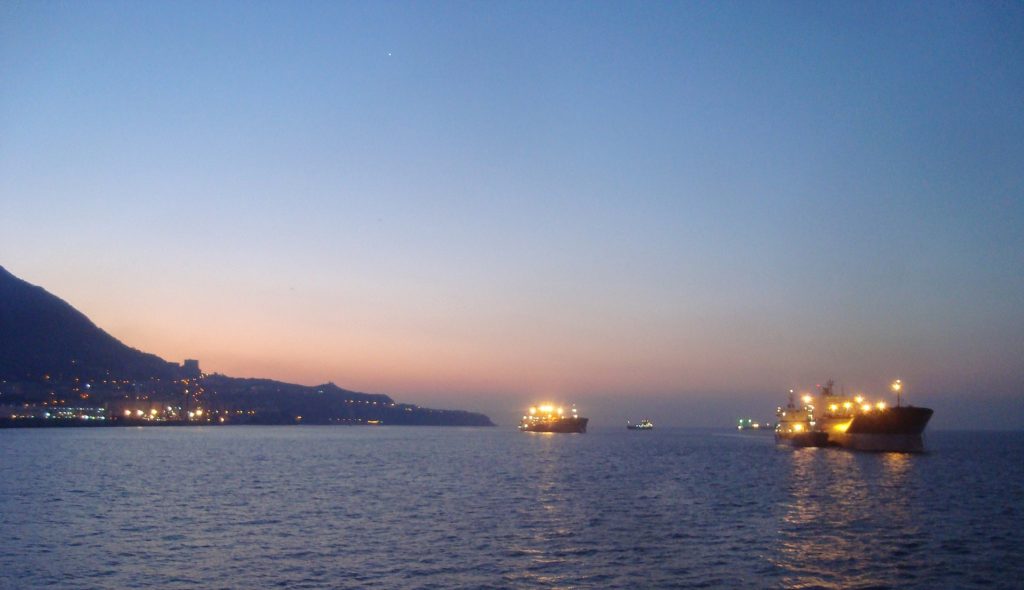
The park is att the merging point of the two seas that meet at the Strait of Gibraltar. On the western side is the Atlantic Ocean and to the east we find the Mediterranean Sea. The park’s maritime area is exceptional for its biodiversity, with over 1,900 species of marine flora and fauna.
This coastline is famous for its strong winds. The Levante (east wind) and Poniente (west wind), makes it a world-famous windsurfing site. Sometimes, it is difficult to have a relaxing time on the beach. The strong winds whip up sand and blow it around making it unpleasant for laying on the beach.
Extraordinary birdwatching
This natural park is a prime location for birdwatching. It is on the main migration route for birds between Africa to Europe. The Strait of Gibraltar is at its narrowest point between Tarifa and Afric. That means it is also the crossing point for over 300 million migratory birds every year.

Sixty percent of Europe’s birds of prey pass through here. Almost all storks pass the area too. More than 400,000 swifts pass through this area each year.
There are around 30 caves in the natural park, many with rock paintings. There are also several defensive watchtowers along the coast. Because of strong winds and currents mean that there are important underwater archaeological sites of shipwrecks.
The southernmost tip of Europe and only 10 km from Africa is the Punta de Tarifa or Marroquí. Strong currents have made this part inaccessible to all but the most experienced divers. Therefore, it has remained largely unspoiled.
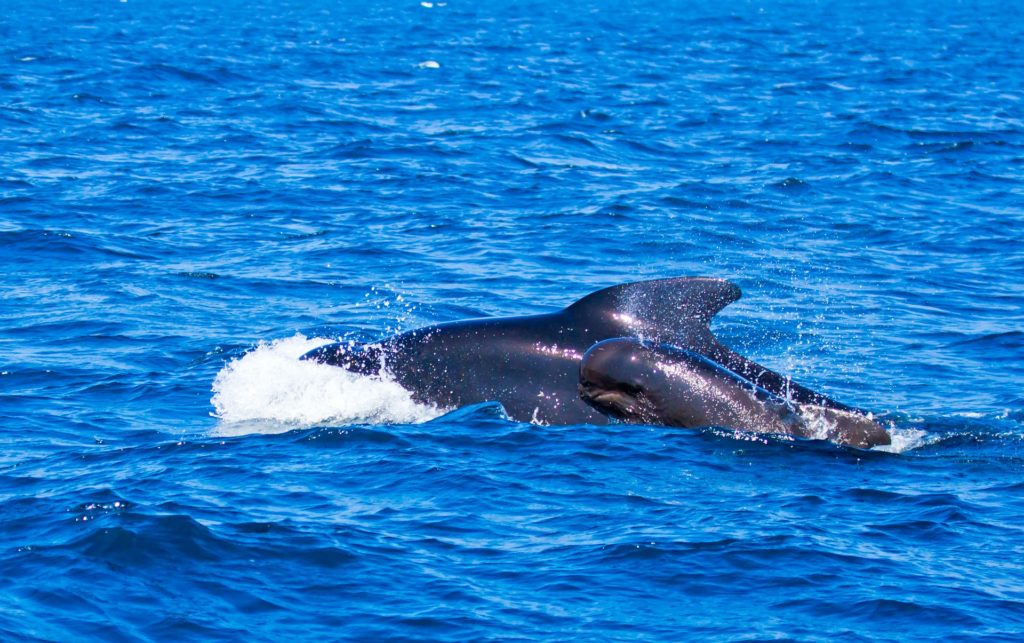
There are also dolphins and whales in the park’s waters. In Tarifa, you can take one of the many boat trips offered here to go for a whale- and dolphin watch tour.
Spain is a diverse country that has a lot to offer. Which one of these stunning Natural Parks would you like to visit?







